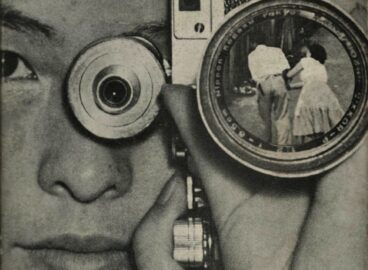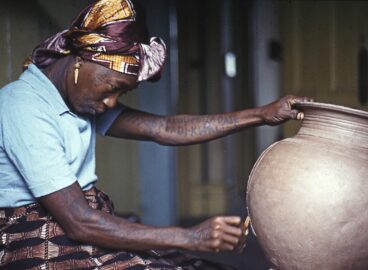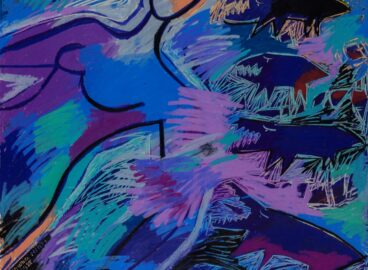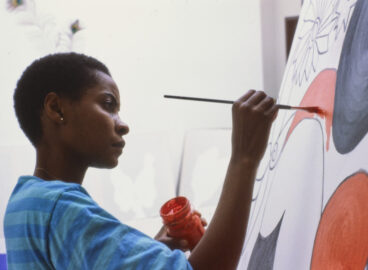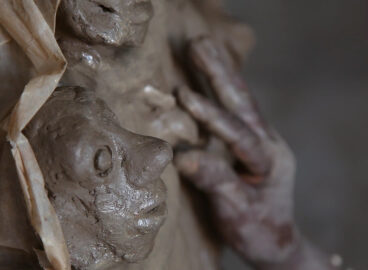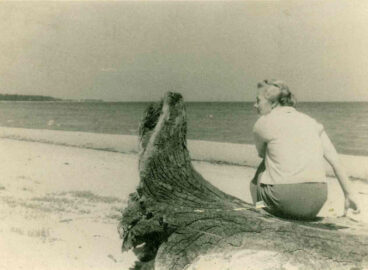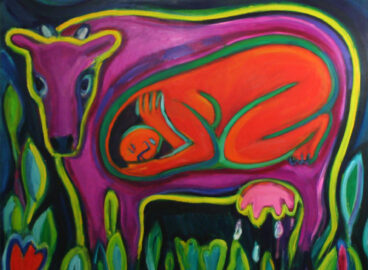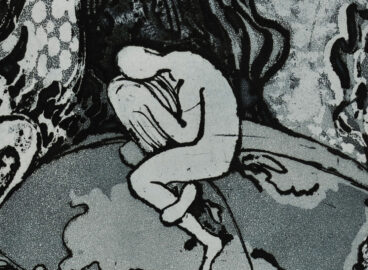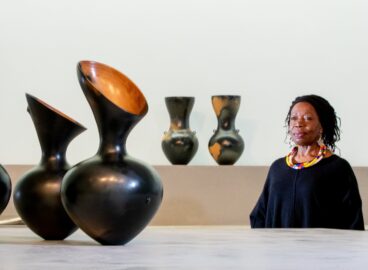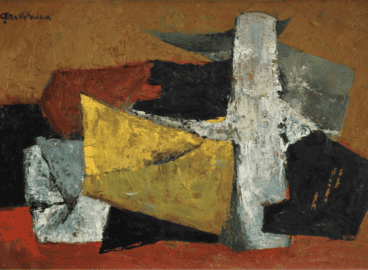The Empathetic Gaze: Toyoko Tokiwa’s Dangerous Poisonous Flowers and the Female Photographic Subject in Postwar Japan
Toyoko Tokiwa (1928–2019) was born in Yokohama and grew up during the devastating years of war and occupation. Tokiwa’s Dangerous Poisonous Flowers deepens our understanding of the empathetic approach and exemplifies how the photobook served as its platform while also being a more democratic form of photographic expression. Unlike exhibitions, which are confined to specific spaces and audiences, the photobook allowed for broader circulation and accessibility, reaching viewers from diverse backgrounds.
